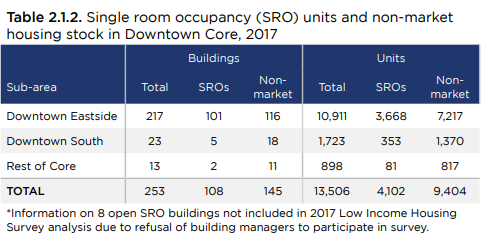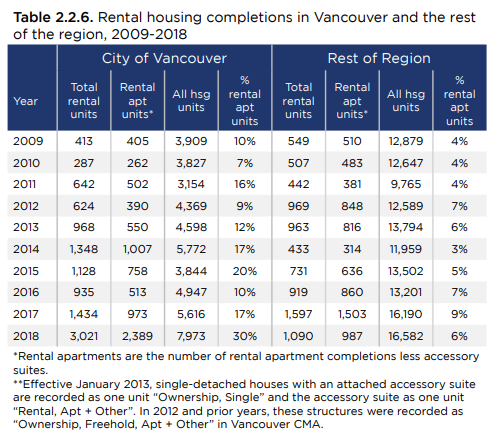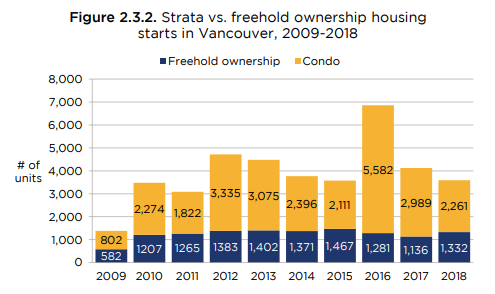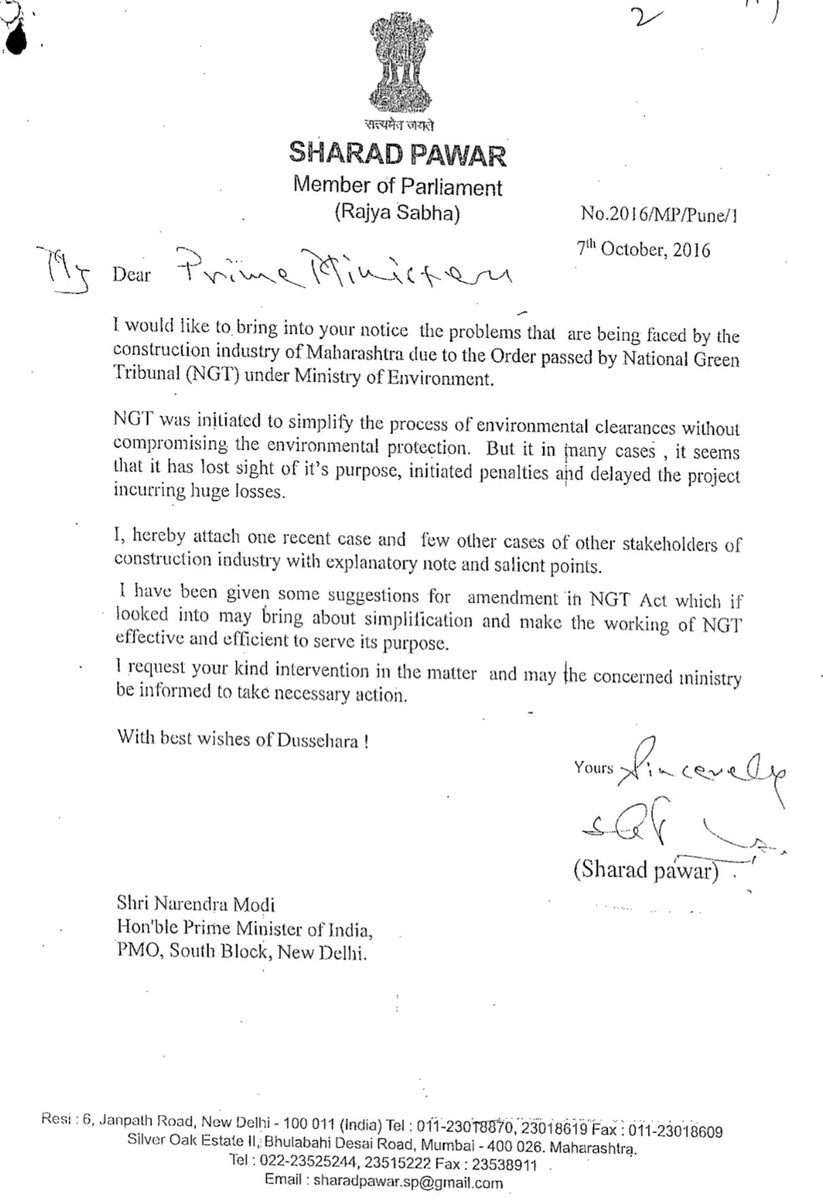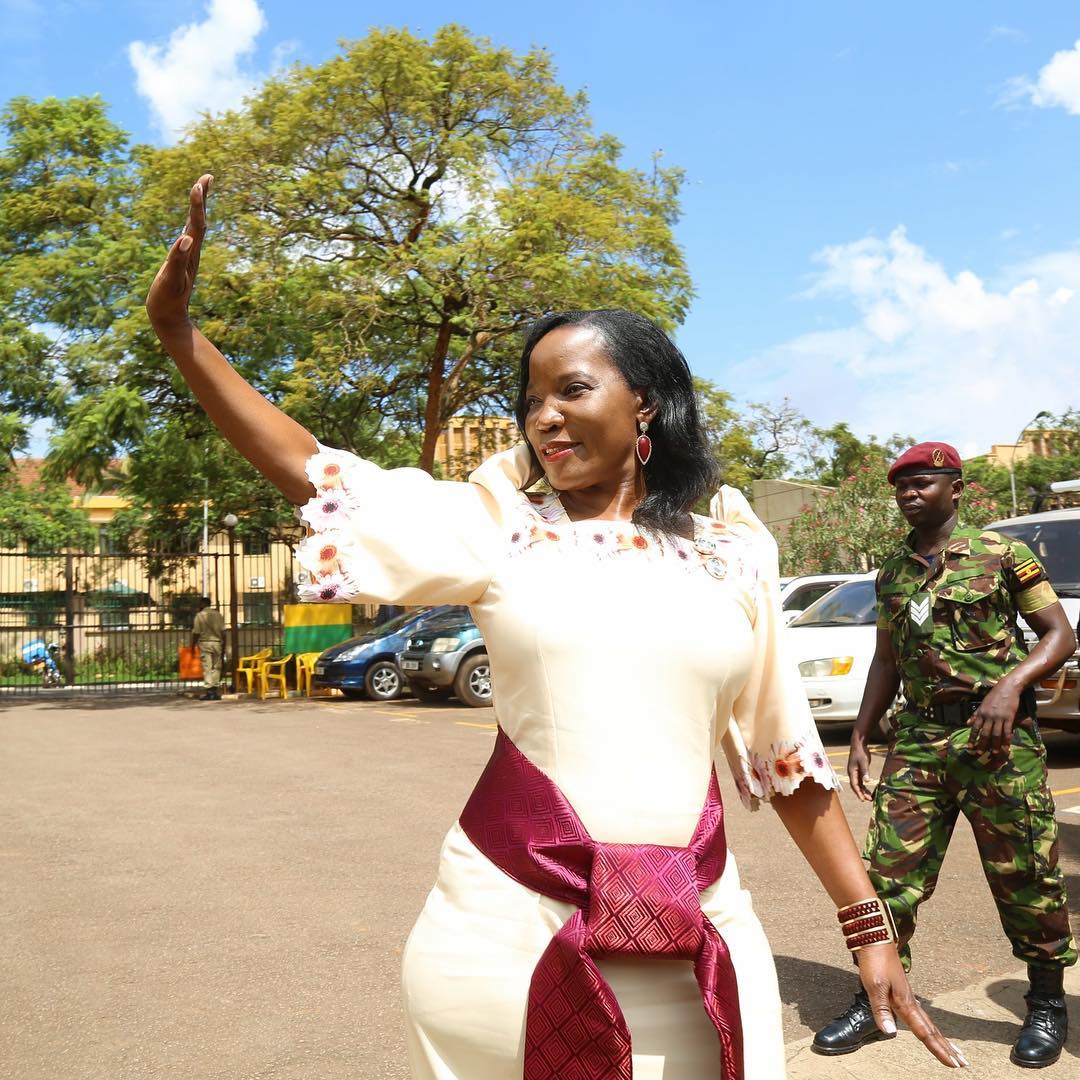Background: Housing Vancouver (2018-2027) is a 10-year housing strategy for the CoV to foster a diverse, vibrant community. /1
1. Create the "Right Supply" and address speculative demand;
2. Protect existing affordable housing for the future; and
3. Ensure support for vulnerable residents
Housing Vancouver commits to annual progress reporting (yay!) /2
Growth and Housing Market Demand: Strong fundamentals driving an active market, but some signs of future moderation
-CoV property market is active, with 7000 sales in 2018, slightly down from over 10,000 sales in 2017
/3
-Housing supply continues to grow in CoV, driven by above average starts and completions across all housing types (over 6,500 starts and nearly 8,000 completions in 2018) /8
-Housing costs continue to rise across housing types: average private market rents increased by 6.4% between 2017 & 2018; Van East condos by 5.7% /12
-Units vacant and available on the market are more expensive than occupied units: in 2018, avg rent in private purpose-built rental (PBR) was approx 20% higher in vacant units than occupied units in Van. /13
These trends indicate potential risk to long-term diversity and resilience of our city, reinforcing the need for "Right Supply" of housing that meets the needs of all incomes /17
They're tracking high-level housing system indicators over the course of the strategy. Summary:
1. Prevent homelessness and create pathways to housing stability (track # of homeless) /18
3. Enhance Indigenous housing and wellness (# of Indigenous-owned social housing units, # of Indigenous households in core housing need) /19
5. Increase share of rental homes affordable to low- and moderate- incomes
(renter income distribution over time, distribution of rents) /20
8. Increase housing options in low-density neighbourhoods (density of dwelling units and net change in dwelling units by local area) /22
Progress Toward Housing Vancouver 10-year Targets
Each year, staff will report on whether CoV is meeting the new targets, prioritizing:
1. Shifting housing approvals toward rental housing for diverse incomes
/25
3. Delivering a diversity of housing for families, including apartments and ground-oriented housing forms /26
Overall, a total of 15.406 housing units have been approved toward the Housing Vancouver targets as of Dec. 31, 2018. /27
-shift in new housing approvals toward "Right Supply" in tenure, w/ 61% of total units available for renters
-over 5,300 new homes serving incomes under $80,000 per year, making up 35% of all approvals; however, /28
-not meeting overall purpose-built rental housing targets, with only 1,031 homes approved in 2018 (52% of target) /29
-528 temporary modular homes approved, rented at shelter rate ($375/month)
-highest level of laneway housing permits since 2009, 709 approved /30
-exceeding target for family-sized (2/3 bedroom) units, with 7,813 units approved /31
The plan has 110 priority actions for the first 3 years. Key action highlights:
-$38 million in revenue from 1st year of Empty Homes Tax
-Council approved Broadway Interim Rezoning Policy to curb land speculation /33
-404 temporary modular homes (TMH) tenanted in 2018, further 202 homes in development
/34
Note: I wrote about MIRHPP for the @georgiastraight here, great program: straight.com/news/1236246/j…
/35
-updates made to the Rental Housing Stock Official Development Plan to reduce threshold /36
-partnered with non-profit operator to open 100 additional warming center over-night spaces at Powell Street Getaway /37
Previous Housing and Homelessness Strategy (2012-2021) set ambitious targets for housing growth, and city had reached 46% of social housing targets at the midway point in 2016. However... /41
Housing Vancouver targets aim to ensure that new homes appropriate match the diversity of household incomes in CoV.
Shelter rates: rents for $375, the shelter component of income assistance for incomes under $15k for singles and below $30k for families /44
Low-end of market rates: rents set to be affordable to incomes of $48k~71k for singles and $68~104k for families. Also set by BC Housing /45
This chapter breaks down the CoV housing stock, covering non-market, rental, and ownership housing as well as development processing times. /57
Inventory is tracked and monitored by the city, and can be found here: app.vancouver.ca/NonMarketHousi…
/58
Supportive housing is social housing with flexible supports that help individuals maintain housing stability, provided by on-site staff or outreach programs. /60
Indigenous non-profit groups operate these, geared for at risk populations.
Lu'Ma Housing and Vancouver Native Housing Society are the two Indigenous housing providers in CoV. /62
-a significant amount of NM housing that exists today made possible by fed and prov funding programs
-from 1960-1989, 15,796 units were created in CoV
-gradual declime in NM housing production because of end of fed gov't funding in 90s /66
-from 1990-2018, CoV created 10,100 NM housing units, making up approx 64% of NM created in previous 3 decades /67
-non-subsidized properties rented to a tenant
-comprised of both primary (purpose-built) and secondary rental units (e.g. secondary suites, rented condos, rented houses etc.) /72
-Housing Vancouver includes a priority action to expand housing options in low-density areas (RS and RT zones)
-since 2016, the annual increase in number of dwelling units in low-density areas has been less than 1% of overall /90
Overview of housing demand in Vancouver, including economic trends, employment, population growth, migration, and market forces. /96
-in 2016, the proportion of non-migrants in the CoV was 25.8% of the population, which was lower than the Metro Van region (22.4% of the population), indicating that people moved within the CoV at a higher rate than the region as a whole /2





























